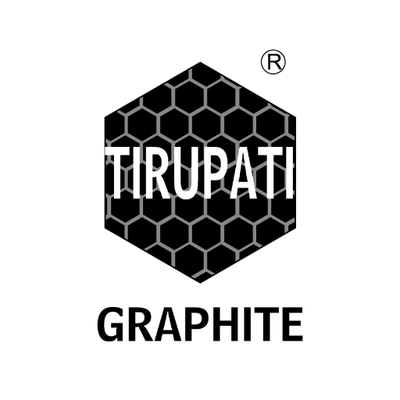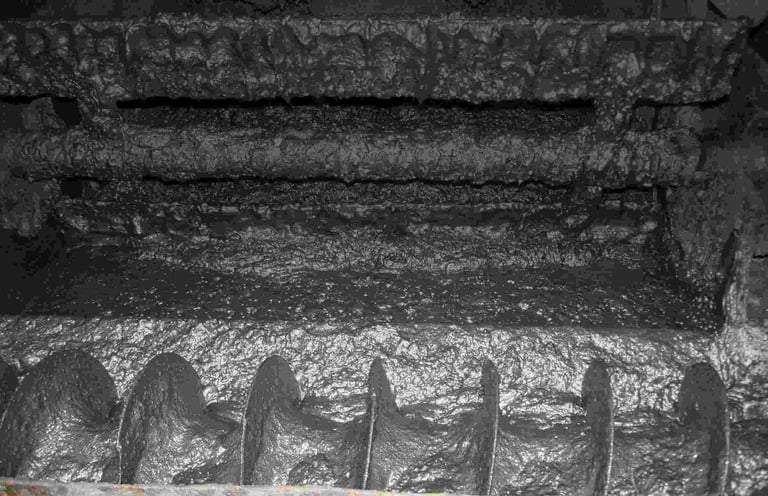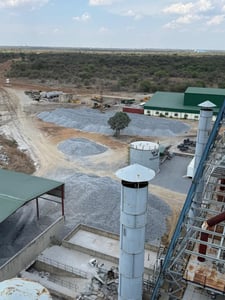Graphite is not just present in the energy transition, it is foundational to it. Every lithium-ion battery relies on graphite to anchor its anode, the negative electrode that stores and releases charge. In fact, graphite represents more material by weight in a typical battery than lithium itself. Yet this indispensable role is only now gaining investor attention as forecasts for energy storage deployments accelerate and scrutiny turns toward mineral supply chains that are less diversified than they first appear.
Electric vehicle production and battery energy storage systems are set to drive global graphite demand past ten million tonnes annually by 2035. This is a sharp rise from today’s demand, more than doubling by the early 2030s and quadrupling from recent levels. Yet despite the soaring appetite, the production of battery-grade graphite remains highly concentrated, with China not only dominating the mining of natural graphite but also controlling over 90 percent of the processing required to transform it into anode-ready material.
This dominance is no coincidence. Processing graphite into a purified, spherical form suitable for battery anodes is capital-intensive, energy-consuming, and technically exacting. China’s edge lies not just in resource access, but in its fully integrated supply chain, refined over decades to an efficiency few others can match. The result is a pricing advantage that continues to crowd out competition, even as geopolitical tensions prompt Western nations to diversify their sourcing.
Price signals reflect this tightrope. While flake graphite concentrate trades near $2,000 per tonne, battery-grade spherical graphite can command more than twice that. This premium underscores both the scarcity and the strategic value of processing capacity. And with synthetic graphite, produced from petroleum coke, remaining a costly alternative, the incentive to develop natural graphite assets outside China has never been stronger.
The urgency to secure graphite supply chains is translating into funding, fast-tracked permits, and strategic partnerships. Companies that control deposits in stable jurisdictions, or who are vertically integrating processing in line with government incentives, are already attracting capital on favourable terms. These are not just mining stories, they are infrastructure narratives, tied directly to national security, decarbonisation targets, and the credibility of EV adoption curves.
Crucially, graphite is not just about quantity, it is about quality. Battery producers require highly pure, consistent materials. This raises the bar for new entrants, increasing the likelihood that those who can meet technical thresholds will command pricing power and long-term contracts. It also means that resource-grade evaluations alone are insufficient for assessing investment merit; processing capability and customer alignment are equally critical.
Investors should also watch for innovations that could tilt the playing field. Advances in purification technologies, the blending of synthetic and natural graphite to balance cost and performance, and the early-stage exploration of silicon anodes all point to a dynamic, evolving landscape. But in the near to medium term, graphite’s centrality is assured. There are no commercially viable substitutes on the horizon that can match its stability, conductivity, and cost profile at scale.
The rise of battery energy storage as a global infrastructure theme is often framed in terms of lithium supply, manufacturing capacity, or grid integration. But underpinning it all is a mineral whose role remains hidden in plain sight. As capacity installations surge and policy pressure grows, graphite is transitioning from commodity to chokepoint. For the investor, this shift marks a chance to position ahead of pricing, ahead of regulation, and ahead of recognition.
Graphite is a naturally occurring form of carbon used as the primary anode material in lithium-ion batteries. Its unique electrochemical properties make it essential to both electric vehicles and stationary energy storage systems. With demand surging and supply concentrated, graphite sits at the heart of the energy transition’s most underappreciated supply chain risk, and one of its most compelling investment angles.
Tirupati Graphite PLC (LON:TGR) is a fully integrated specialist graphite and graphene producer, with operations in Madagascar and Mozambique. The Company is delivering on this strategy by being fully integrated from mine to graphene. Its global multi-location operations include primary mining and processing in Madagascar, hi-tech graphite processing in India to produce specialty graphite, and a state-of-art graphene and technology R&D center to be established in India.







































